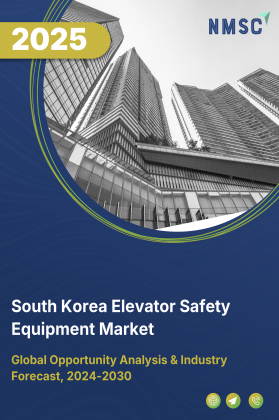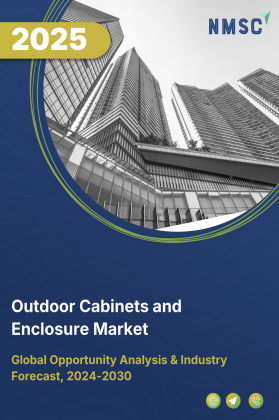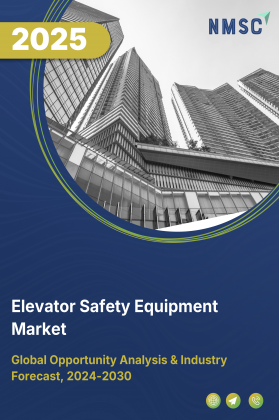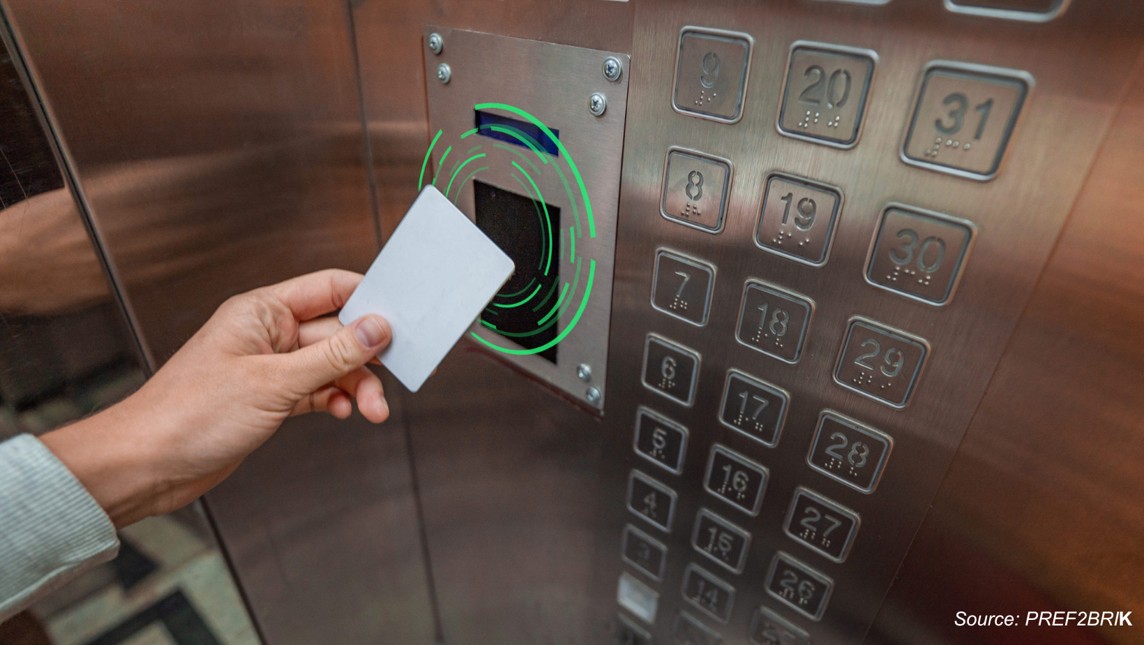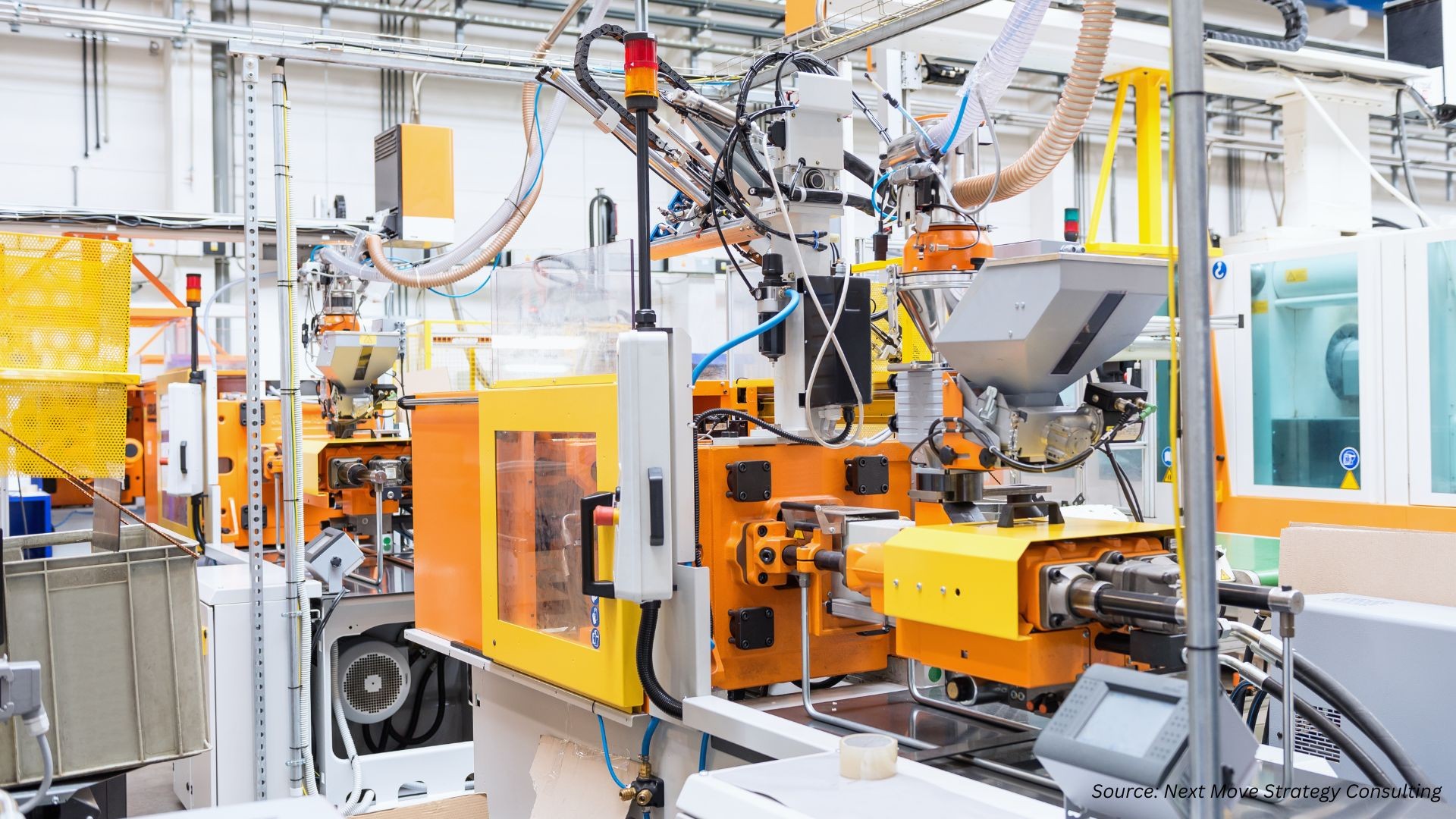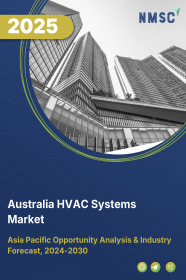
Australia HVAC Systems Market by Equipment (Room‐Level Air Conditioners, and Others), by System Type (Centralized Systems, and Others), by Implementation Type (New Construction Buildings, and Retrofit Buildings), by Technology (Inverter Technology, and Others), by Energy Efficiency (1 Star, 2 Star, and Others), by Capacity (Up t1.5 Ton, and Others), by Installation/Mounting (Wall-mounted, and Others), by End User (Commercial, and Others)- Opportunity Analysis and Industry Forecast, 2024– 2030
Industry: Construction & Manufacturing | Publish Date: 13-Oct-2025 | No of Pages: 180 | No. of Tables: 266 | No. of Figures: 191 | Format: PDF | Report Code : CM1947
Market Definition
The Australia HVAC System Market size was valued at USD 3.25 billion in 2023, and is predicted to reach USD 6.05 billion by 2030, at a CAGR of 8.7% from 2024 to 2030.
HVAC (Heating, Ventilation, and Air Conditioning) refers to the technology and systems used in buildings to regulate indoor environmental conditions such as temperature, humidity, and air quality to ensure comfort and safety for occupants. Heating systems provide warmth during colder months, ventilation systems circulate and replenish indoor air, and air conditioning systems cool and dehumidify indoor air during warmer months.
HVAC systems offer several advantages, including improved occupant comfort and health, increased energy efficiency leading to cost savings, better indoor air quality through filtration and ventilation, precise temperature control for enhanced productivity in commercial settings, and protection of building infrastructure from extreme weather conditions. Additionally, these systems can be designed to meet specific requirements, contributing to sustainability goals by reducing carbon emissions and promoting eco-friendly practices in building operations.
Surge In Energy-efficiency Regulations Accelerates Market Adoption
Australia's increasing emphasis on sustainable development has led to the strengthening of energy-efficiency standards for residential and commercial buildings. Regulatory frameworks like the National Construction Code (NCC) and government-backed sustainability initiatives are pushing for the installation of high-efficiency HVAC systems. These regulations are encouraging builders, developers, and homeowners to upgrade to compliant systems that reduce carbon footprints and lower energy consumption. This shift is compelling manufacturers to innovate and roll out advanced, eco-friendly HVAC solutions to meet growing compliance demands.
Demand For Healthier Indoor Environments Boosts Hvac System Installation
The heightened focus on indoor air quality—particularly in urban settings—has significantly influenced HVAC system upgrades and installations across Australia. Increased awareness of airborne pollutants, allergens, and health risks, especially in schools, healthcare facilities, and offices, is driving demand for HVAC systems equipped with air purification, humidity control, and advanced filtration technologies. Consumers and facility managers are actively seeking systems that ensure a healthier and more comfortable indoor environment, reinforcing the growth of the HVAC systems market.
Rising Raw Material Costs Challenge Market Scalability
The volatility in the prices of key raw materials such as copper, aluminum, and steel—commonly used in HVAC component manufacturing—poses a challenge for market players in Australia. These fluctuations, often triggered by global supply chain disruptions and domestic economic shifts, increase the overall cost of production. This particularly affects small and medium-sized HVAC manufacturers, who face tighter profit margins and reduced flexibility for R&D or pricing competitiveness. As a result, cost-conscious buyers may delay or downscale HVAC investments, restraining short-term market growth.
Rapid Adoption Of Smart Hvac Solutions Opens New Growth Avenues
Australia’s rising inclination towards smart infrastructure—particularly in residential and commercial buildings—is unlocking new opportunities for HVAC system providers. The integration of Internet of Things (IoT) technologies enables remote monitoring, intelligent climate control, real-time energy optimization, and predictive maintenance. Property developers and tech-savvy homeowners are increasingly prioritizing systems that align with smart home ecosystems, offering comfort, control, and cost efficiency. This growing trend is set to reshape the HVAC landscape, encouraging tech-driven innovations and long-term market expansion.
Competitive Landscape
The market players operating in the Australia HVAC System market include Carrier Australia Corporation, Trane Technologies, Rheem Manufacturing, Mitsubishi Electric, LG Electronics, Fujitsu General, Gree Electric Appliances, Panasonic Australia, Mayekawa, Pacific Ventilation, Actron Engineering Pty Ltd, Daikin Australia, Hitachi Cooling and Heating Australia, Seeley International, Samsung HVAC Australia, Johnson Controls (York), Robert Bosch (Australia) Pty Ltd, Rinnai Australia Pty Ltd, Midea Group, Bonaire By Climate Technologies (Symphony Limited) and others.
Australia HVAC System Market Key Segments
By Equipment
-
Room‐Level Air Conditioners
-
Window
-
Portable
-
Cassette (ceiling-mounted)
-
Floor-standing console
-
-
Split Air Conditioners
-
Single-split (1 indoor + 1 outdoor)
-
Multi-split (≥2 indoors + 1 outdoor)
-
VRF/VRV
-
-
Packaged & Central AC Units
-
Rooftop packaged units
-
Self-contained packaged units
-
Central chiller and AHU systems
-
-
Chillers
-
Air-cooled
-
Water-cooled
-
Absorption
-
-
Heating Equipment
-
Heat Pumps
-
Furnaces
-
Boilers
-
Unit Heaters
-
-
Ventilation Equipment
-
Air Handling Units (AHUs)
-
Fans & Blowers
-
Air Filtration Systems
-
Air Purification Systems
-
-
Humidity Control
-
Humidifiers
-
Dehumidifiers
-
-
Cooling Towers
-
Controls & Thermostats
By System Type
-
Centralized Systems
-
Decentralized Systems
-
Hybrid Systems
By Implementation Type
-
New Construction Buildings
-
Retrofit Buildings
By Technology
-
Inverter Technology
-
Non-Inverter Technology
-
Smart/IoT-enabled
-
Conventional
By Energy Efficiency
-
1 Star
-
2 Star
-
3 Star
-
4 Star
-
5 Star
By Capacity
-
Up t1.5 Ton
-
1.5-3 Ton
-
3-5 Ton
-
Above 5 Ton
By Installation/Mounting
-
Wall-mounted
-
Ceiling-mounted
-
Floor-standing
-
Ducted
-
Window-mounted
-
Portable
By End User
-
Commercial
-
Offices
-
Hospitality (Hotels, Restaurants)
-
Healthcare
-
Education
-
Retail
-
Airports
-
-
Residential
-
Industrial
Key Players
-
Carrier Australia Corporation
-
Trane Technologies
-
Rheem Manufacturing
-
Mitsubishi Electric
-
LG Electronics
-
Fujitsu General
-
Gree Electric Appliances
-
Panasonic Australia
-
Mayekawa
-
Pacific Ventilation
-
Actron Engineering Pty Ltd
-
Daikin Australia
-
Hitachi Cooling and Heating Australia
-
Seeley International
-
Samsung HVAC Australia
-
Johnson Controls (York)
-
Robert Bosch (Australia) Pty Ltd
-
Rinnai Australia Pty Ltd
-
Midea Group
-
Bonaire By Climate Technologies (Symphony Limited)
Report Scope And Segmentation
|
Parameters |
Details |
|
Market Size in 2023 |
USD 3.25 Billion |
|
Revenue Forecast in 2030 |
USD 6.05 Billion |
|
Growth Rate |
CAGR of 8.7% from 2024 to 2030 |
|
Analysis Period |
2023–2030 |
|
Base Year Considered |
2023 |
|
Forecast Period |
2024–2030 |
|
Market Size Estimation |
Billion (USD) |
|
Growth Factors |
|
|
Companies Profiled |
20 |
|
Market Share |
Available for 10 companies |
|
Customization Scope |
Free customization (equivalent up to 80 working hours of analysts) after purchase. Addition or alteration to country, regional, and segment scope. |
|
Pricing and Purchase Options |
Avail customized purchase options to meet your exact research needs. |

















 Speak to Our Analyst
Speak to Our Analyst



